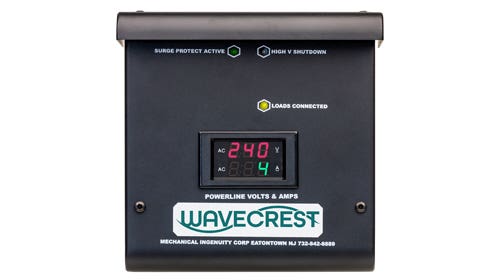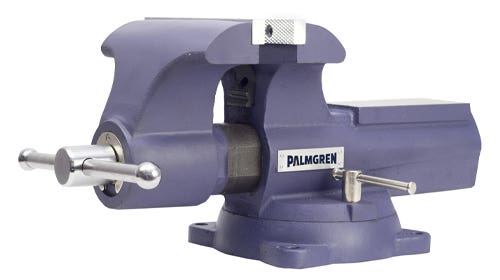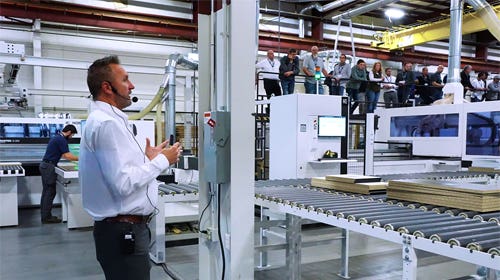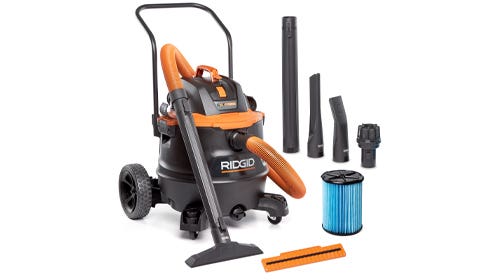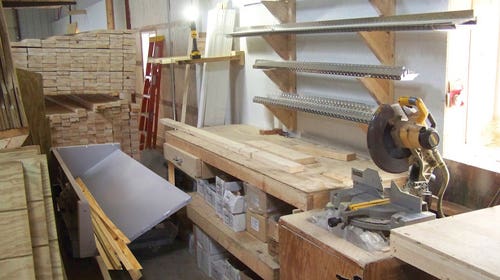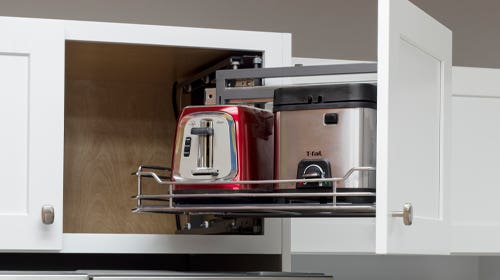Outlook on teak is bleak
Genuine teak (Tectona grandis) is scarce due to trade restrictions with Myanmar, its primary source. Alternatives like iroko, ipé, plantation teak, and afromosia are available at lower price points, though they may not offer the same durability or rot resistance as genuine teak. Despite the high cost and limited availability, genuine teak remains in demand for exterior projects due to its unique properties.
The availability of genuine teak (Tectona grandis), also known as Myanmar or Burmese teak, is scarce. The dense and durable exotic hardwood, known for its ability to withstand harsh exterior conditions, is very difficult to find these days because imports are currently restricted in the U.S, according to suppliers interviewed by Woodshop News.
The good news is there are several suitable alternatives offered at a much lower price point.
“Basically, the Burmese teak or the genuine teak, we cannot get into the country right now because we are not trading with Myanmar, which is where it comes from, because the military overthrew the government,” says Carl Mahlstedt of Goosebay Sawmill and Lumber in Chichester, N.H. “Since then, the teak supply has been dwindling, and just recently, one of my suppliers told me there’s basically nothing coming into the country.
“There’s always been supply issues with it, being that’s the only place to get the genuine teak. So, it’s always been very volatile and very expensive even when it was available. With the trade issue, the price basically doubled, and now it’s just not available anymore.”
Mahlstedt offers alternatives such as iroko (Milicia excelsa), ipé (Handroanthus serratifolius), and plantation teak.
“Iroko, also called African teak, it’s not really a teak species but it looks like teak,” he says. "It just doesn’t have the same rot resistance, so it doesn’t last as long. Usually people use it for interior boat projects or things that weren’t directly in the water. We sell it for around $10 a board foot, which is a fraction of the genuine teak price.
“Something more rot resistant is ipé, used in decking. It has a darker brown color similar to teak.It’s just a lot more dense and harder to work with. The closest would be plantation teak, which is technically the same species but grown in South America, so it has always been considered a lower quality than Burmese teak.”
Dave Norman of Parkerville Wood Products in Manchester, Conn., says there’s still demand for genuine teak.
“When you’re talking about woods that are good for exterior projects, teak is at the top of the list because your yacht builders and boat builders use it. But it’s also something people like to build cabinetry with. It’s not easy though because it’s really oily, so it likes to repel glues and finishes.It’s a difficult wood but it’s one of the only ones that can really suit certain projects. A lot of towns and municipalities will buy it for benches and things because it will last so long outside,” says Norman.
“But here’s the deal, if you look up teak, you’ll quickly find out that it hasn’t been able to really be brought into the country for last couple years because of the political unrest with Myanmar. It’s really hard to find teak, and I've got people calling here all the time. The 5/4 is non-existent at the moment, so you’ve got to go to 4/4, 6/4 and 8/4, and again, it’s heavily sought after because a lot of these big ships and yachts, that’s the only go-to.”
Parkerville offers afromosia (Pericopsis elata) and iroko as alternatives.
“Right now, on the retail market, teak is around $50 to $60 per board foot, and that’s extremely high for a lot of these woods and it adds up very quickly. If you go to a substitute, afromosia, which a lot of people have not heard of, it looks almost identical to teak but it doesn’t hold up as well. But if you’re doing an interior project, cabinetry or vanity, it’s perfectly fine, it suits the needs, it’s a lot less expensive and it glues up better, so it’s all a win/win.”
Originally published in the March 2025 issue of Woodshop News.


